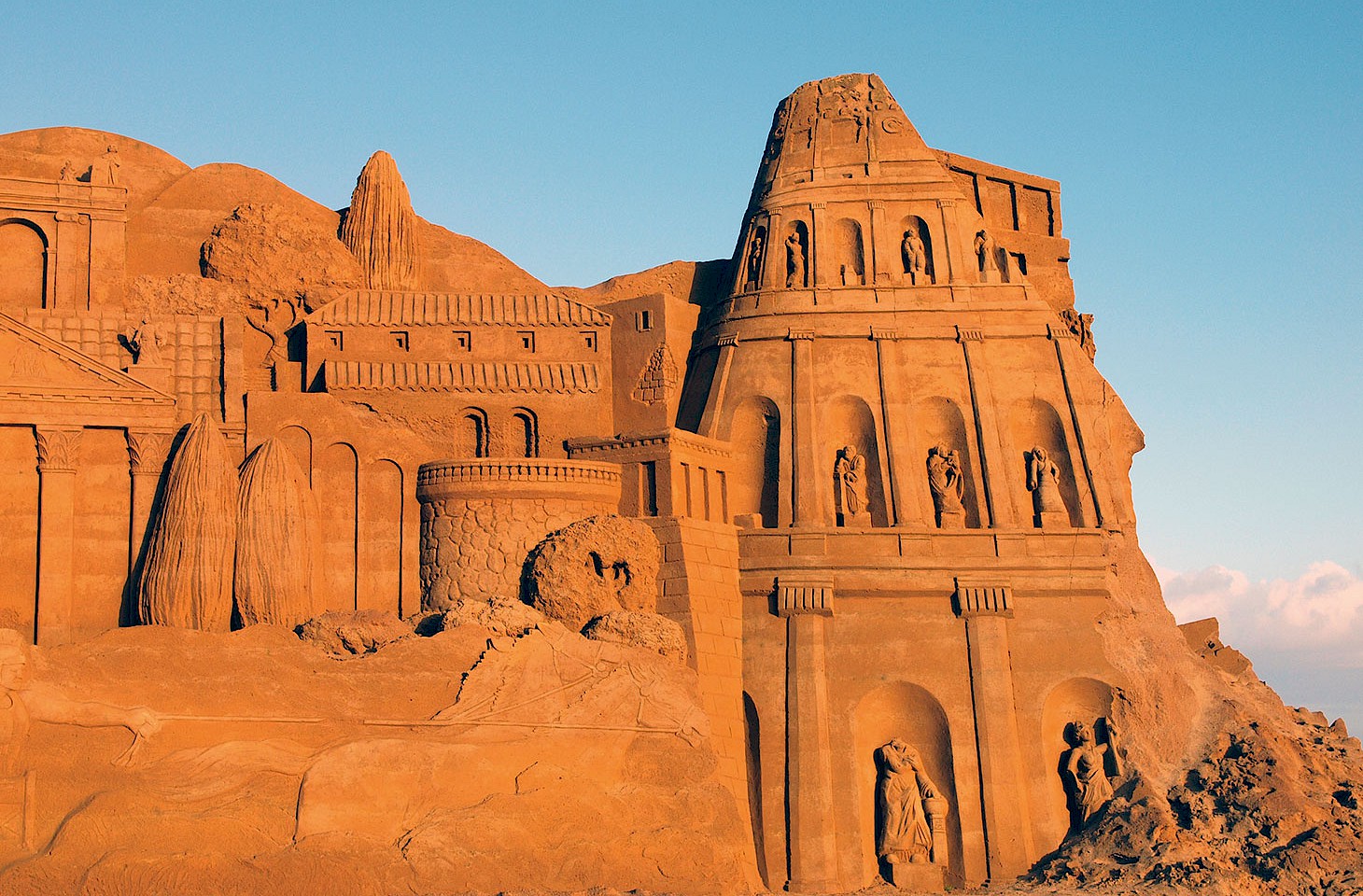If you walk south on Republika Njemacka, away from the Sava and the centre of Zagreb, you arrive at a large group of apartment blocks on your left — apparently just another kvart (quarter) of Novi Zagreb, but one which late last summer became the venue for the largest and most ambitious street art project anywhere in Croatia.
I visit Dugave on a bright, sunny morning in February, wading through snow from the recent cold snap, which is only just now starting to melt. I walk in a circuit among buildings, from one piece of street art to the next, in the company of Micika who lives in Dugave, and who helped organise the festival here in 2011. Later we are joined by local street artists Marijo Kolaric, who paints under the name Sretan Bor (meaning ‘happy pine’), and Vinkovci-born Miron Milic, who sometimes paints under his own name, or, somewhat more irreverently, under the pseudonym cazzo artistico.
The setting
Dugave’s large apartment blocks surround a central, grassy area, through which runs a broad ditch, formerly a tributary of the Sava. Micika indicates the window of his flat, just to the right of the enormous monochrome tepe (carpet) painted by Bosnian artist Emir Sehanovic (known as ‘Esh’), which appears to be draped down one side of the building.
The Dugave paintings followed a year after a similar project along Branimirova, the busy street running east from Zagreb’s main railway station (the Glavni kolodvor) towards the bus station. Running along one side of Branimirova is an old wall, some 450m long, which in 2010 was decorated with murals by around eighty street artists.


